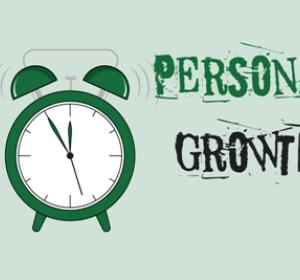Staying ahead of the competition requires FP&A to become a strategic business partner. Strategic finance business partnership primarily focuses on making the whole company stronger.
FP&A Insights
FP&A Insights is a collection of useful case studies from leading international companies and thought leadership insights from FP&A experts. We aim to help you keep track of the best practices in modern FP&A, recognise changes in the ever-evolving world of financial planning and analysis and be well equipped to deal with them.
Stay tuned for more blogs and articles from great authors.
After spending 15 years in the corporate life holding various finance leadership roles within diversified range of industries and in organizations of different sizes and nature, I have realized that leadership is not about position, it’s all about perspective and our ability to create positive and strong influence within the organization.
In order for a company to exist, it must organize itself in a way that fulfills its value proposition because a value proposition has enormous power. So, how can a company organize itself? The answer is with a budget.
This article zooms in on two qualities of a successful FP&A professional – Candidness and Courage. Why are they important for a career in FP&A?
Pagination
Subscribe to
FP&A Trends Digest

We will regularly update you on the latest trends and developments in FP&A. Take the opportunity to have articles written by finance thought leaders delivered directly to your inbox; watch compelling webinars; connect with like-minded professionals; and become a part of our global community.





